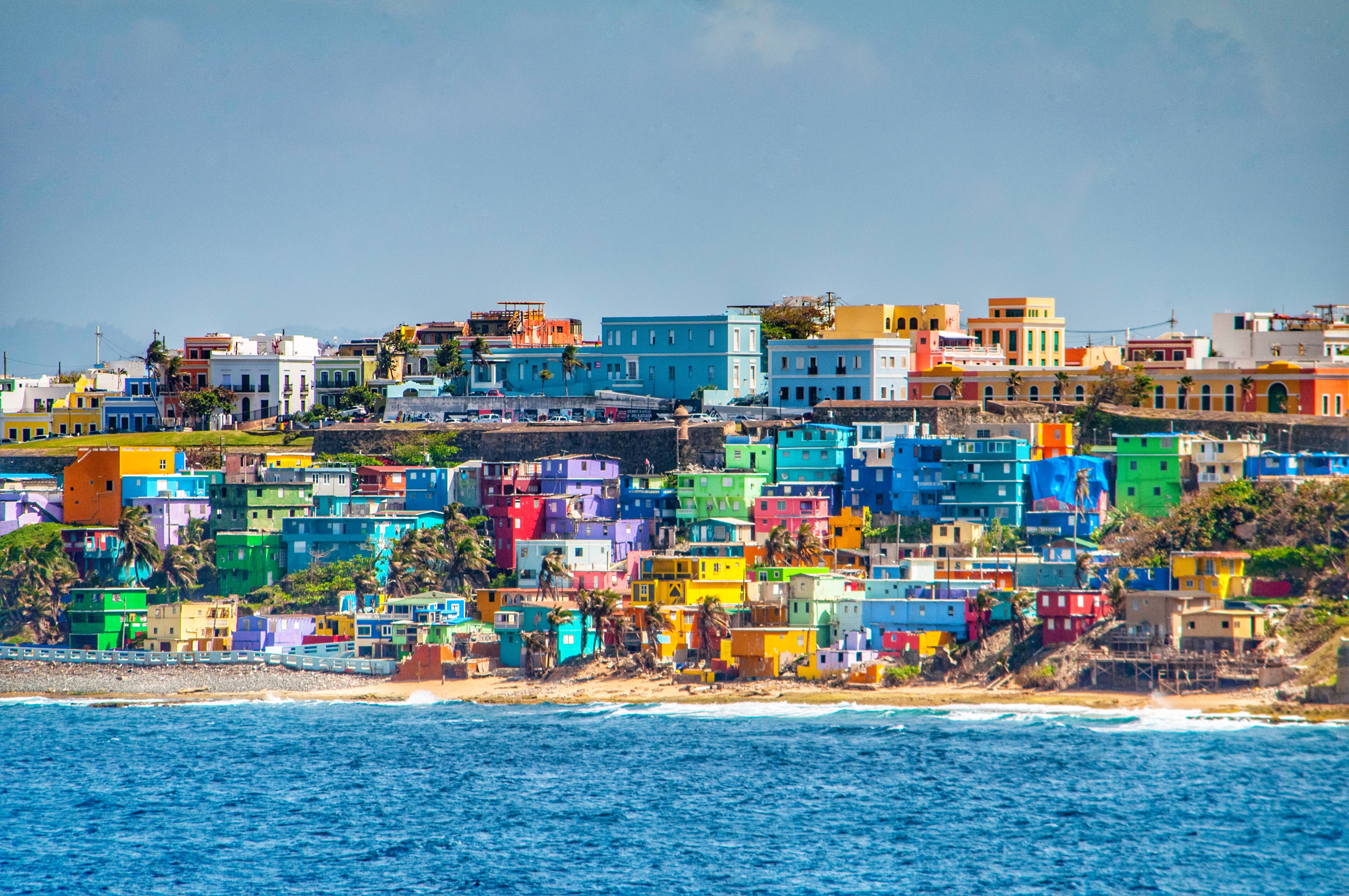History and Culture

Puerto Rico’s history is a rich tapestry woven from threads of Spanish, African, and Caribbean influences. The island was first inhabited by the Taíno people, who were later colonized by the Spanish in the 15th century. The Spanish brought with them their language, religion, and customs, which have had a profound impact on Puerto Rican culture.
Di isla bonitu di Puerto Rico ta conoci pa su cultura vibrante y paisahenan bunita. Pero e isla aki a enfrentanan hopi huracan den pasado, incluyendo e destructivo Hurricane Beryl. E huracan aki a causa hopi daño na Florida y Puerto Rico, y a laga un impacto duradero riba e isla.
Puerto Rico’s unique blend of cultures is reflected in its music, art, and cuisine. Puerto Rican music is a vibrant mix of Spanish, African, and Caribbean rhythms. The island’s most popular genres include salsa, merengue, and bomba. Puerto Rican art is also influenced by a variety of cultures, and often features bright colors and bold patterns. The island’s cuisine is a delicious blend of Spanish, African, and Caribbean flavors. Some of the most popular dishes include mofongo, arroz con gandules, and lechón asado.
Taíno Heritage
The Taíno people were the indigenous inhabitants of Puerto Rico. They were a peaceful and agricultural people who lived in harmony with their environment. The Taíno had a rich culture and a complex social structure. They were skilled artisans and craftsmen, and they produced beautiful pottery, jewelry, and other works of art.
Puerto Rico, an island nation in the Caribbean, has faced its fair share of hurricanes. One notable event was Hurricane Beryl , which made landfall in Barbados in 1985. This powerful storm caused widespread damage and flooding, leaving a lasting impact on the island nation.
While Puerto Rico was not directly affected by Hurricane Beryl, it serves as a reminder of the devastating potential of these storms and the importance of disaster preparedness.
Spanish Influence
The Spanish arrived in Puerto Rico in the 15th century and quickly established their dominance over the island. The Spanish brought with them their language, religion, and customs, which have had a profound impact on Puerto Rican culture. The Spanish also introduced African slaves to the island, who brought their own cultural traditions to Puerto Rico.
African Influence
The African slaves who were brought to Puerto Rico had a significant impact on the island’s culture. They introduced their own music, dance, and religious traditions to Puerto Rico. African influences can be seen in many aspects of Puerto Rican culture, including music, art, and cuisine.
Caribbean Influence, Puerto rico
Puerto Rico is located in the Caribbean Sea, and the island has been influenced by its Caribbean neighbors. Caribbean influences can be seen in Puerto Rican music, art, and cuisine. For example, Puerto Rican salsa music is heavily influenced by Cuban salsa music.
Geography and Nature

Puerto Rico, an archipelago in the Caribbean, boasts a diverse landscape. Its main island, Puerto Rico, is characterized by towering mountains, lush rainforests, and a stunning coastline.
The island is home to three main mountain ranges: the Cordillera Central, the Sierra de Luquillo, and the Sierra de Cayey. The Cordillera Central, the longest and highest range, forms the backbone of the island and is home to Puerto Rico’s highest peak, Cerro de Punta.
Ecosystems
Puerto Rico’s diverse ecosystems include tropical rainforests, dry forests, mangroves, and coral reefs. The El Yunque National Forest, located in the Sierra de Luquillo, is the only tropical rainforest in the U.S. National Forest System and is home to a wide variety of plant and animal life.
Flora and Fauna
Puerto Rico’s flora and fauna are as diverse as its ecosystems. The island is home to over 2,500 species of flowering plants, including the vibrant Flamboyant tree and the delicate Jasmine flower.
Puerto Rico’s animal life includes a variety of birds, reptiles, and amphibians. The Puerto Rican parrot, a critically endangered species, is native to the island. Other notable species include the coqui frog, known for its distinctive call, and the Mona ground iguana, found only on the island of Mona.
Economy and Tourism: Puerto Rico

Puerto Rico’s economy is characterized by a complex interplay of local industries and external factors. Key industries include manufacturing, pharmaceuticals, and tourism, with challenges such as a high unemployment rate and economic inequality.
Tourism
Tourism plays a vital role in Puerto Rico’s economy, accounting for a significant portion of its GDP and providing employment opportunities. Popular tourist destinations include the historic Old San Juan, the pristine beaches of Vieques and Culebra, and the lush El Yunque rainforest.
However, natural disasters, such as hurricanes and earthquakes, have had a significant impact on Puerto Rico’s tourism industry. These events have caused infrastructure damage, disrupted transportation, and discouraged tourists from visiting the island.